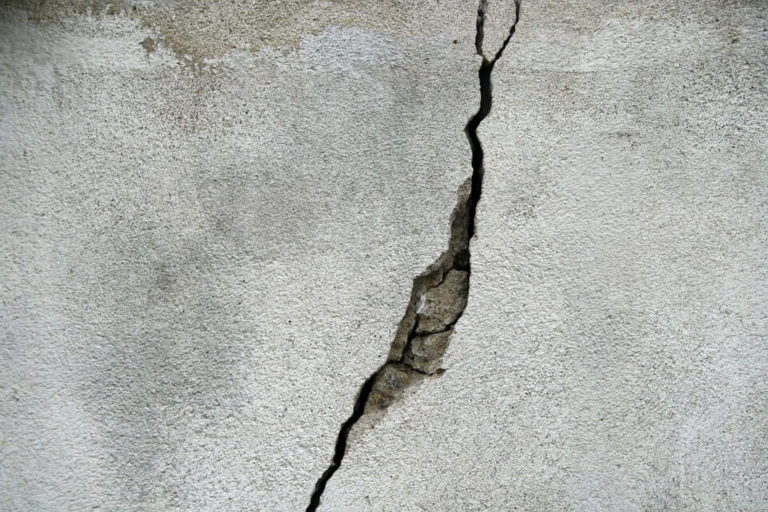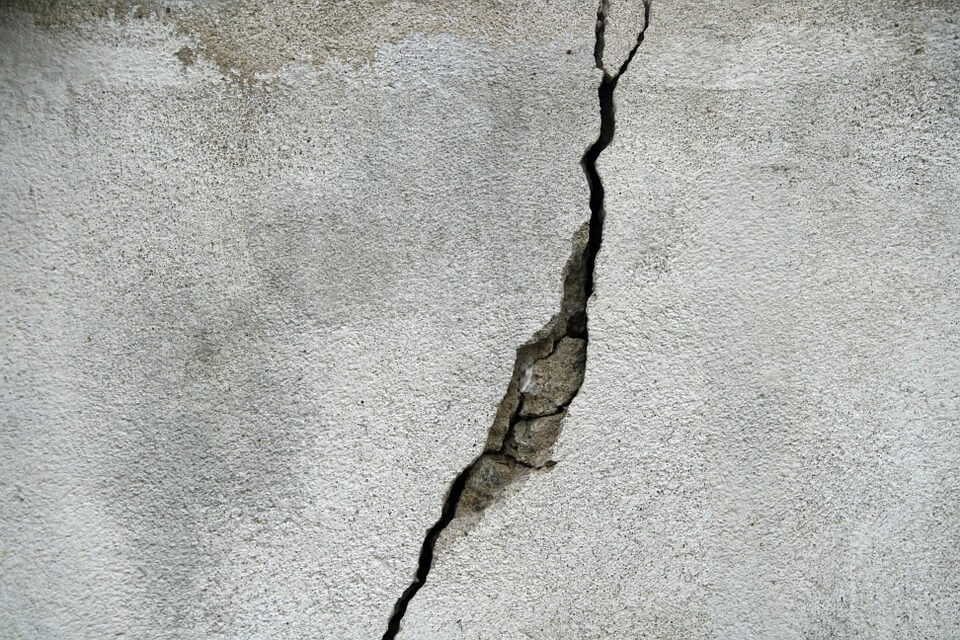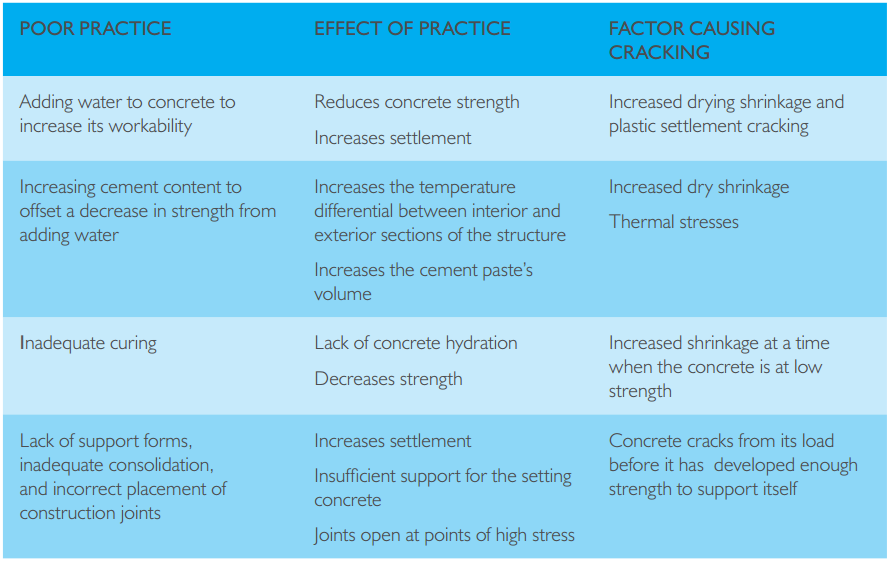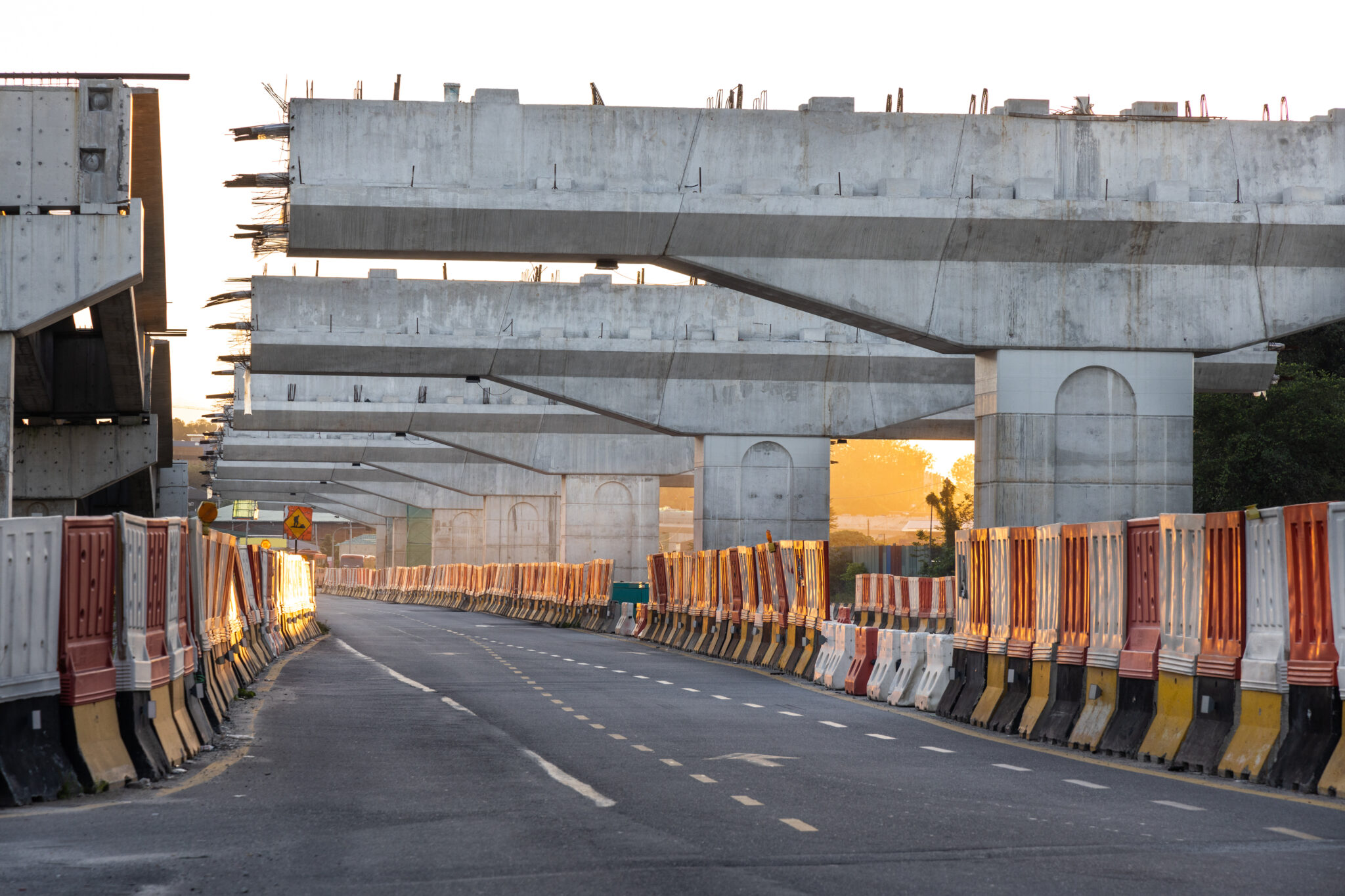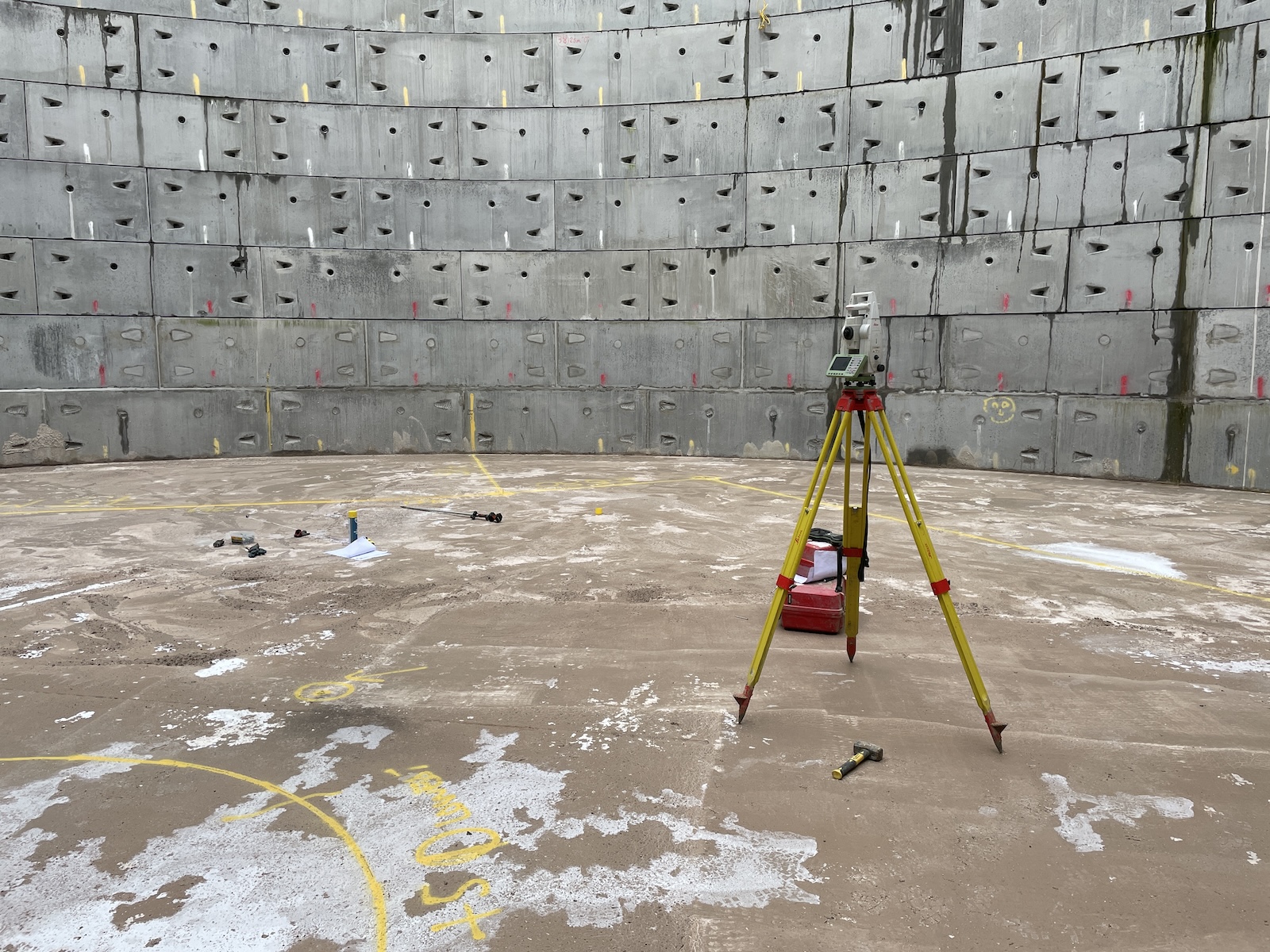The concrete cracking article originally appeared on Bluey Technologies.

Concrete Cracks in Built Structures
Concrete provides structures with strength, rigidity, and resilience from deformation. These characteristics, however, result in concrete structures lacking the flexibility to move in response to environmental or volume changes. Cracking is usually the first sign of distress in concrete. It is, however, possible for deterioration to exist before cracks appear. Cracking can occur in both hardened and fresh, or plastic, concrete as a result of volume changes and repeated loading.
This involves tensile stresses being loaded onto the concrete, the cracks occurring when the force exceeds its maximum tensile strength. It is important to understand the reasons why cracking occurs, the type of crack formed, and cracks’ effects on structural stability. Once you understand these points you can take the appropriate action. This may mean leaving the crack alone, injecting the crack with an appropriate material, or applying other suitable repair methods.
Considerations to Evaluate Concrete Cracking
It is important to identify the primary concern in regard to any cracking. The main concern is whether the cracks are affecting structural integrity as a result of reduced durability.
Concrete Cracking Types
The type of cracking provides useful information to help understand a crack’s effects on structural stability. Figure 1 presents a summary of the different types of concrete cracks and their possible causes. A crack’s status is critically important. Active cracks may require more complex repair procedures that may include eliminating the actual cause of the cracking in order to ensure a successful long-term repair. Failure to address the underlying cause may result in the crack’s repair being short-term, making it necessary to go through the same process again. Dormant cracks are those not threatening a structure’s stability.
A crack’s environmental conditions influence the extent to which it affects its structure’s integrity. Greater exposure to aggressive conditions increases the possibility of structural instability. Cracks’ sizes range from micro-cracks that expose the concrete to efflorescence, to larger cracks caused by external loading conditions. Noting cracks’ sizes, shapes, and locations can aid in determining their initial causes.
Courtesy of Bluey
Learn More About Optimizing Your Concrete Mix Design Here!
Thermal Stresses
Volume differentials are likely to develop in the concrete when different temperatures occur across a concrete section. The concrete then cracks when the tensile stresses imposed by a change in volume differential exceed that of its tensile strength. Thermal stresses usually cause cracking in mass concrete structures, the main cause of the temperature differentials being the influence of the heat of hydration on volume change. The heat of hydration is the amount of heat released during the cement’s hydration, causing a temperature differential to occur between the concrete structure’s center and exterior as a result of either greater exterior cooling or greater heat hydration in the center (see Figure 4). Either situation puts increased pressure on the exterior as the heat tries to escape from the core.
Learn more about the importance of temperature monitoring during extreme weather conditions Here!
Corrosion of Steel Reinforcement
Three conditions must be present for metals to corrode. These are oxygen, moisture, and an electron flow within the metal. Eliminating or limiting any of these conditions eliminates or reduces corrosion of concrete’s steel reinforcement, thereby reducing the risk of cracking.
Concrete usually provides passive protection to the steel as it forms a protective oxide coating around it in an alkaline environment. However, corrosion may occur if carbonation alters the concrete’s levels of alkalinity.
Corroding reinforcement steel produces iron oxides and hydroxides as by-products. As these form on the steelworks surface volume increases. This increase in volume increases the pressure on the concrete and causes radial cracking as the concrete fails under the tensile stresses. It is important to address these cracks because as they become larger oxygen and moisture have a greater chance of penetrating the concrete and accelerating corrosion of the reinforcements.
Curious About How to Detect Corrosion in Reinforced Concrete? Learn More Here!
Poor Construction Practices
Numerous poor construction practices can initiate cracking in concrete structures. The following table presents these possible errors.
The Desired Outcome of Crack Repairs
Once you understand the cause and significance of the cracking you need to apply the appropriate repair method or methods. You should select the repair method based on an evaluation of the crack and the repair’s objective or objectives. Such objectives include;
(a) restoring or increasing strength,
(b) restoring or increasing stiffness,
(c) improving functional performance,
(d) providing water tightness,
(e) improving the concrete surface’s appearance,
(f) improving durability, and
(g) preventing the development of a corrosive environment for the reinforcement.
Article originally appeared on www.bluey.com.au and can be found here.
*Editor’s Note: This post was originally published in November 2014 and has been updated for accuracy and comprehensiveness.

